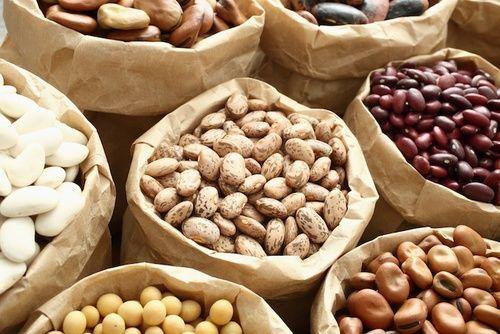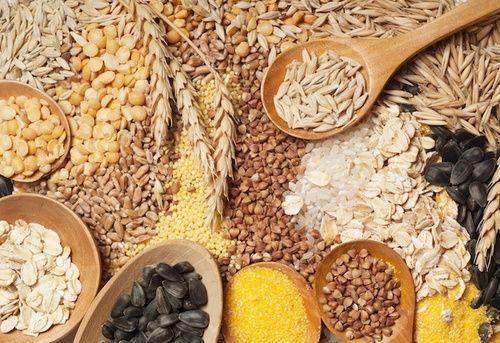- fundamental amino acids they are small molecules that make up proteins, macromolecules present in the cells of living beings. In total there are 24 and may be of origin animal or vegetable. Let's find out better.
> What are plant amino acids for?
> Where they are
> Contraindications of vegetable amino acids
Legumes, rich in lysine
The human body has the ability to synthesize most amino acids except some, defined as "essential”, Since it is necessary to introduce them with the power supply. The essential amino acids are: phenylalanine, isoleucine, leucine, lysine, methionine, tryptophan, threonine, valine and histidine. The latter is considered essential by some authors and not essential by others, however it is believed that it is especially important during the growth phase.
What are plant amino acids used for
Amino acids are the "building blocks" that make up proteins. Proteins are used to build hair, muscles, nails, tendons, ligaments and other structures.
Individual amino acids can be used to make hormones, neurotransmitters, nucleic acids of DNA and other substances.
Vegetable amino acids, present in vegetable proteins, are considered to be of lower quality than animal proteins because they do not contain all the essential amino acids. For example, i vegetable are deficient in methionine while i cereals they are deficient in tryptophan and lysine. However, by combining cereals and legumes in the same meal, the deficiency can easily be avoided since their composition in amino acids is complementary.
You can learn more about the benefits and properties of cereals

Where are plant amino acids found
Vegetable amino acids are found in proteins of vegetable origin: cereals, seitan, legumes (beans, chickpeas, lentils, broad beans, peas), soy and derivatives (tofu, tempeh, miso, tamari shoyu), dried fruit (walnuts, hazelnuts, almonds, pine nuts), seeds (sesame, hemp, chia), algae (spirulina) and in small quantities also fruit and vegetables.
Controindicazioni
The amino acids introduced in large quantities with food are not used by the human body, which does not absorb more than it can use. An excess, however, leads to an overload of work in the kidneys and liver, the organs responsible forelimination of waste.
READ MORE
The properties and benefits of hemp seeds, a source of essential amino acids


























